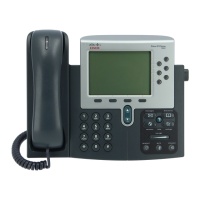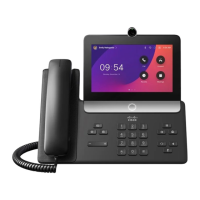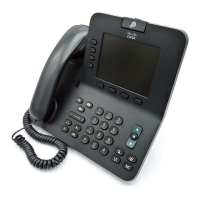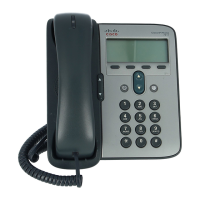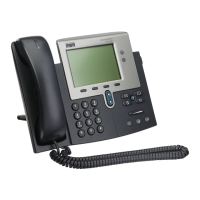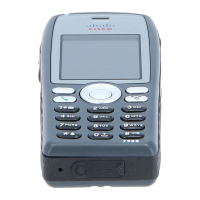A-4
Cisco SIP IP Phone Administrator Guide
Appendix A SIP Compliance with RFC 3261 Information
SIP Responses
4xxResponse—Request Failure Responses
4xx Response Supported? Comments
400 Bad Request Yes The phone generates a 400 Bad Request response
for an erroneous request. For an incoming response,
the phone initiates a graceful call disconnect
(during which the caller hears a busy or fast busy
tone) before clearing the call request.
401 Unauthorized Yes This response is received only in this release.
If a 401 Unauthorized response is received during
registration, the phone accepts the response and
sends a new request that contains the user’s
authentication information in the format of the
HTTP digest as modified by RFC 3261.
402 Payment
Required
Yes The phone does not generate the 402 Payment
Required response.
403 Forbidden Yes This response is received only in this release.
If the phone receives a 403 Forbidden response, it
notifies the user of the response. This response
indicates that the SIP server has the request but will
not provide service.
404 Not Found Yes The Cisco SIP IP phone generates this response if it
is unable to locate the callee. Upon receiving this
response, the phone notifies the user.
405 Method Not
Allowed
See comments This response is received only in this release.
If the phone receives a 405 Method Not Allowed
response, it notifies the user of the response.
406 Not
Acceptable
See comments The SIP phone does not generate a 406 Not
Acceptable response. For an incoming response, the
gateway initiates a graceful call disconnect (during
which the caller hears a busy or fast busy tone)
before clearing the call request.
407 Proxy
Authentication
Required
See comments This response is received only in this release.
The 407 Proxy Authentication Required response
indicates that the phone must first authenticate
itself with the proxy server. If received by the
phone, the phone may repeat the INVITE request
with a suitable Proxy-Authorization field. This
field should contain the authentication information
of the user agent for the next outbound proxy or
gateway.
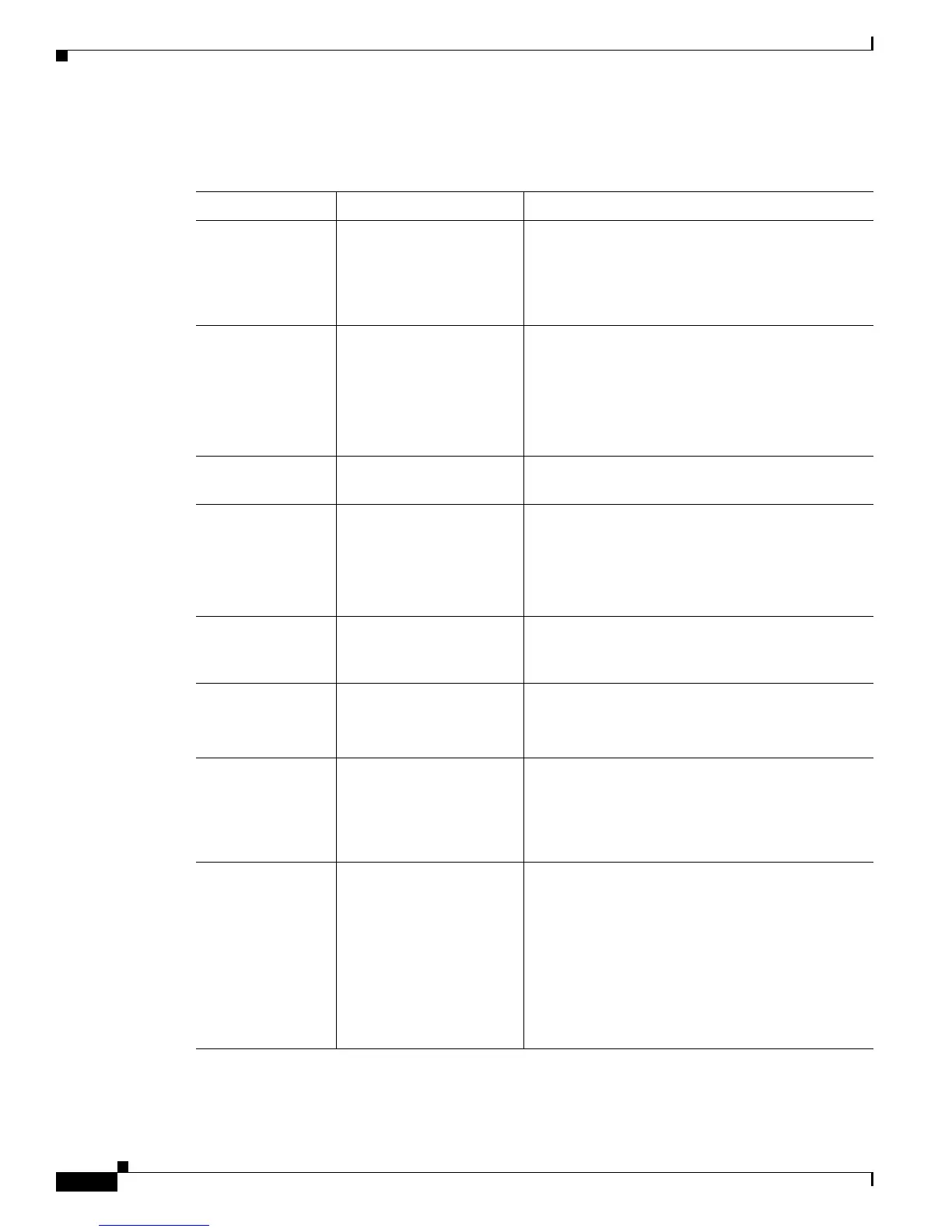